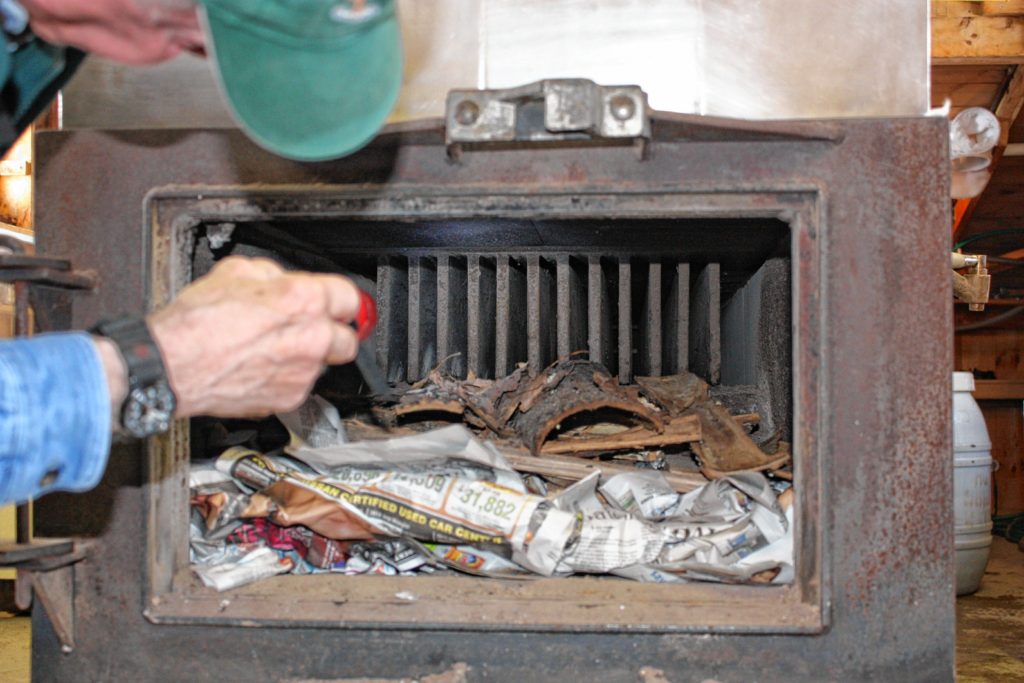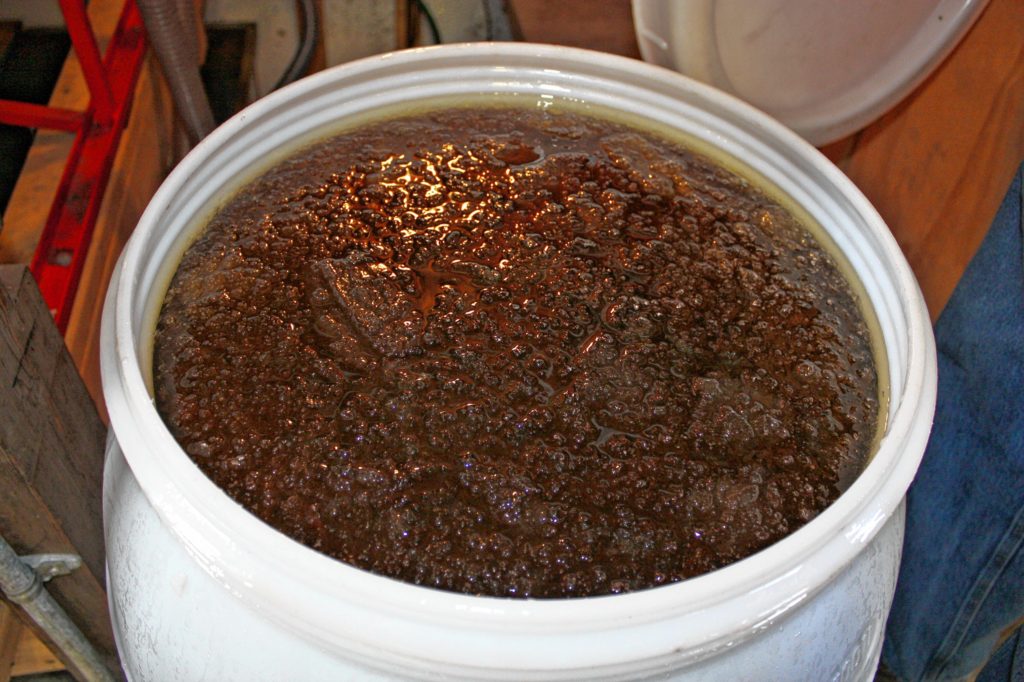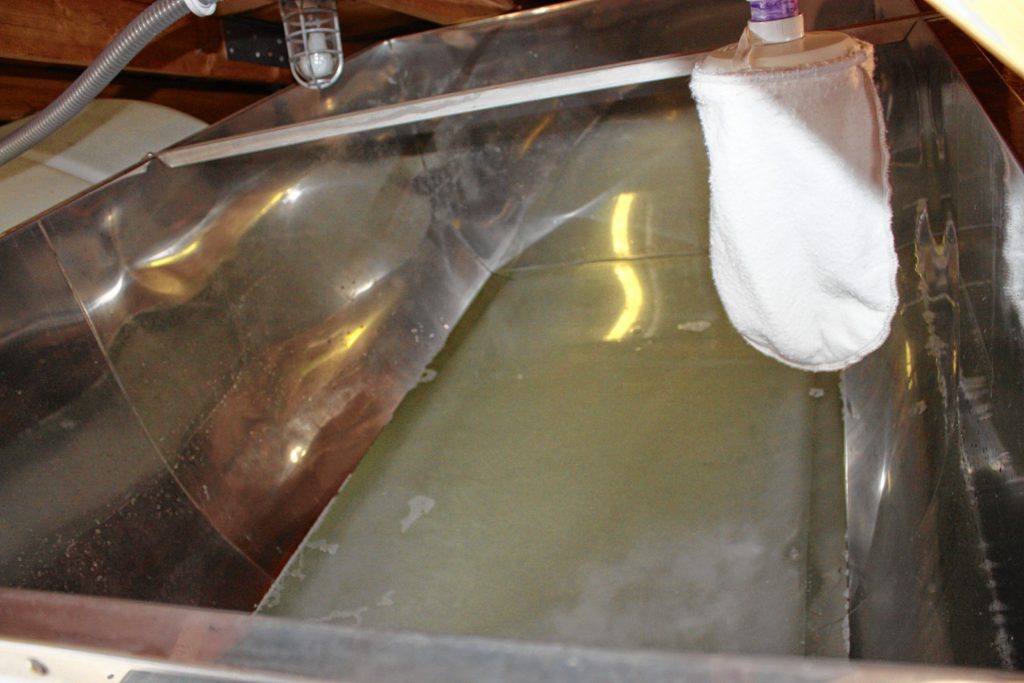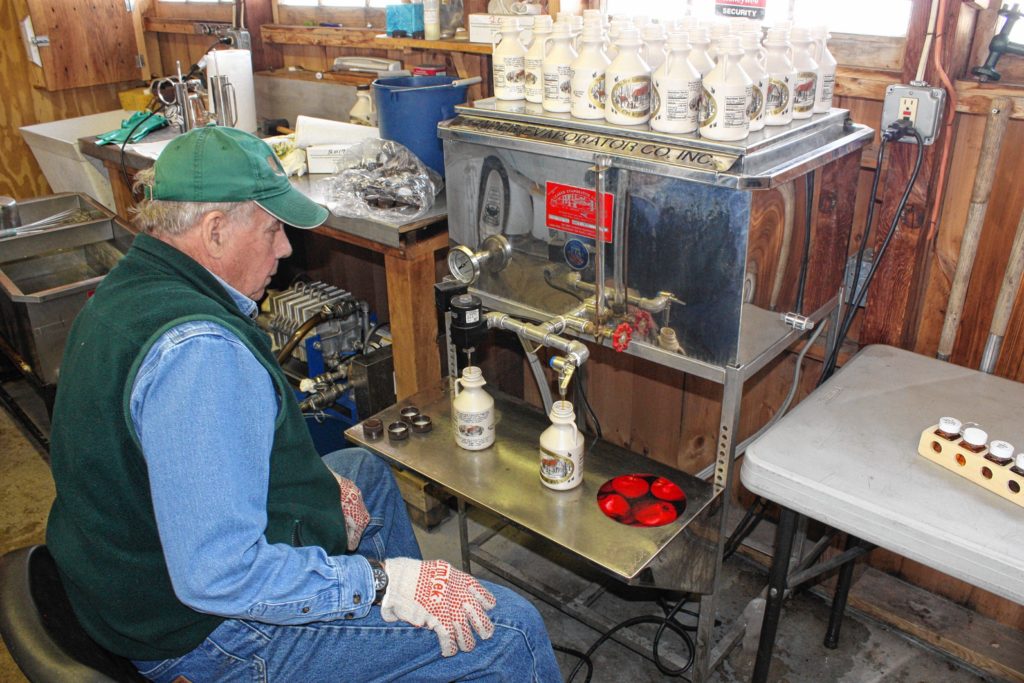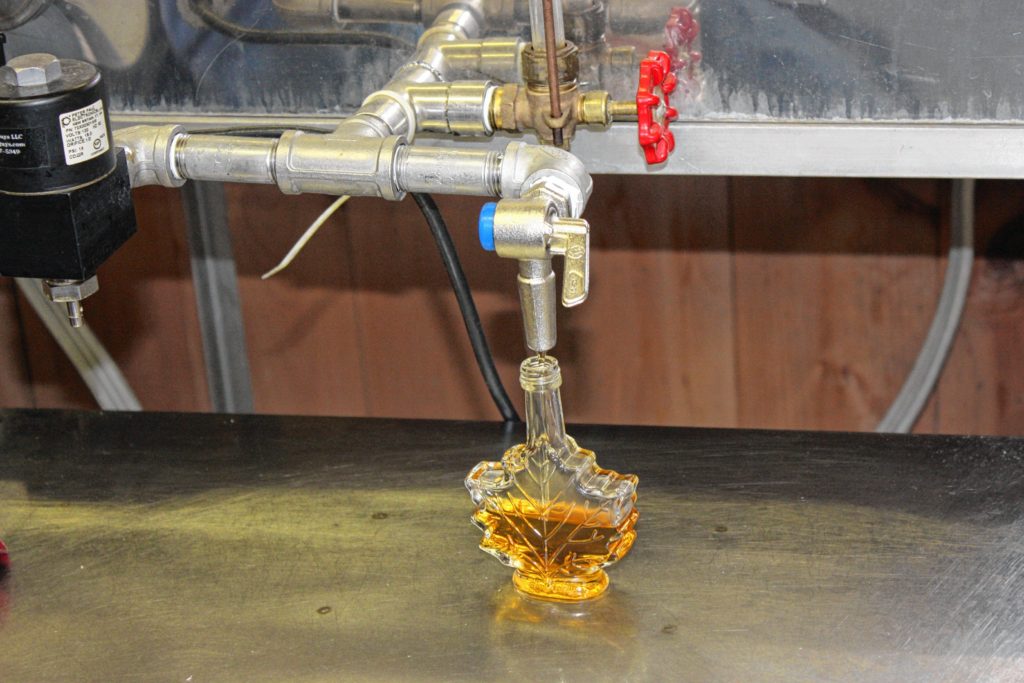Like the late, great Scott Weiland of Stone Temple Pilots once said, so much depends on the weather.
Making maple syrup is no exception to this rule.
In the world of syrup making, the weather – and the temperature, specifically – runs the whole show. Too cold and everything’s frozen solid. Too warm and the sap becomes too runny and bacteria-laden.
Like any business that relies on Mother Nature for cooperation (plow drivers, ski resorts and wind surfing instructors, to name a few), the syrup game can be risky due to the unpredictability of the weather.
Nobody is more aware of this fact than Dean Wilber and Bruce Treat, two local guys who have maple syrup in their blood.
Wilber runs Mapletree Farm in Concord and Treat runs Treat’s Sugarhouse in Bow, so it’s safe to say these guys know what they’re talking about when it comes to anything related to maple. They’ve also both been around the business since they were little kids, so they’ve seen plenty by now, and both of them agree that this has been one of the strangest seasons in memory.
“All seasons are challenging, but this one is ranking right up there,” Treat said.
The primary oddity of this season has been the almost backwards rise and fall of temperatures. Toward the end of February and into early March, we had a stretch of spring-like temperatures – the National Weather Service said it reached 67 degrees in Concord on Feb. 24, a new record high for the second day in a row. Then, fast-forward a few weeks and we get high temps in the 20s and a blizzard – at the time of year, late March, that you’d expect things to start melting away and warming up.
This not only throws all of us for a loop, but it causes some problems for maple producers.
The warmer it is outside, the more freely the sap runs through the tree. Warmer sap is also cloudier and contains more bacteria, meaning it must be boiled longer than colder sap, which turns the syrup darker and less sweet. All of these things must be taken into account by producers such as Wilber and Treat. If customers really want light syrup, they’ll need to wait until it’s cold enough.
On the other hand, when it gets too cold, nobody can do anything. After all, frozen sap is just frozen sap.
This was the scenario Wilber was dealing with when we stopped by his Oak Hill Road operation last week.
When we stepped inside his sugar shack, he walked us over to a big tank that had a foggy substance inside it that was hard to make out. It was sap, Wilber said, but the vast majority of it was frozen – there was basically a huge block of ice in the middle with a little bit of liquid around the edges.
This is because, Wilber explained, the water freezes out of the sap, leaving solid, pure ice in the middle and concentrated, super-sweet sap around the perimeter. (Later Wilber would let us try some of the sweet sap, and boy was it good.)
How it works at Mapletree Farm is tubing runs from the trees on the property downhill directly into the big metal tank inside the shack. This means no lugging buckets from the woods into the shack because the sap is constantly flowing freely, but it also means everything is constantly exposed to the outside temperatures – Wilber doesn’t heat the shack at all times, as that would be pretty expensive and potentially dangerous.
That’s why Wilber had a big block of frozen sap on his hands last week and thus wasn’t able to fire up the boiler during our visit.
Wilber also had a big bucket of partially filtered syrup ready to go, but when he opened the lid it looked more like a brown Slush Puppy than a container of syrup.
With all of this being said, we should note that maple syrup is still being made, and there’s still plenty of it available. The big difference is just that this season will likely run a little later than usual.
“I expect to be above 80 percent,” Treat said of where he expects to fall this year compared to an average year, “but it’s still weather-dependent as to how much more sap we’re going to get, so that is my guess.”
“If the weather just quickly turns, we’re not gonna make an average season, and an average season for us is 200 plus or minus gallons – last year was 187,” Wilber said. When asked to estimate what the total output might be this year, he said, “I think it’ll be around 200.”
So both of our local maple experts seem to be on the same page about this year’s odd maple season. It’s been different from almost any other year and it’s been challenging, but somehow or another, it’s looking like it’s still going to be a successful season for both (knock on wood!).
In fact, even though everything was frozen last week when we visited Mapletree Farm, Wilber had a small supply of sap on hand so that he could show us one of the final steps in the syrup-making process – packaging.
After running the syrup through a mechanized filtration system (after it’s already been filtered manually), it goes into a tank with two spigots at the bottom, where it then gets dispensed into bottles. Wilber does all of this himself, by hand, two at a time, so it’s really a labor-intensive process.
In the end, though, it’s all worth it when you taste the final product. We were lucky enough to get a little sample of the batch we saw made, and the amber syrup was incredible – so sweet and smooth and natural.
Make sure you check out Treat’s (496-1671) and Mapletree Farm (224-0820, mapletreefarmnh.com) for Maple Weekend.

